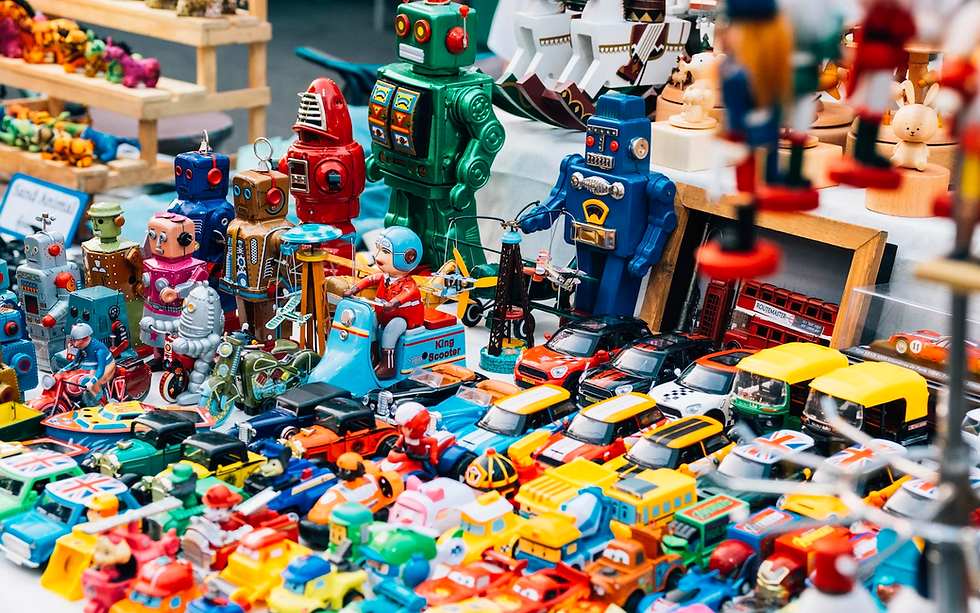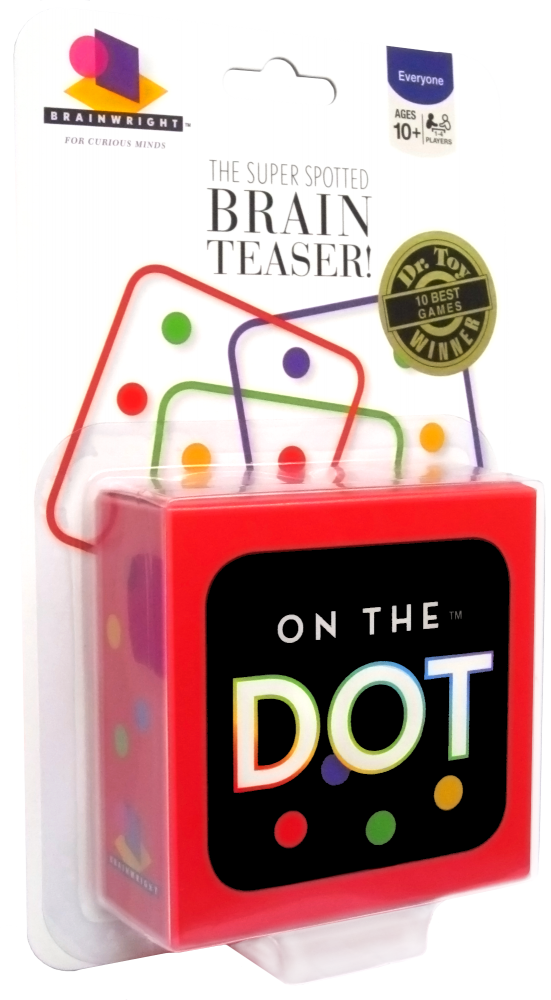A Sustainable Enterprise - Reducing Packaging Waste
- Project Enigma
- Aug 19, 2023
- 5 min read
*This is the second part of a series of articles on Sustainability
A fresh start…and a sombre reflection
Project Enigma has shifted to a new office! In the process, we cleared out our old space and unearthed lots of packaging waste we had saved from the bin. This got us reflecting on the kinds of waste we’re seeing in the toy industry and reviewing what we’re doing to mitigate this problem.
Since we reuse our puzzles extensively with hundreds or thousands of people, we effectively save on packaging many times over. Even then, in assembling an inventory of a 1000 puzzles and more, we have seen quite a lot of waste passing through. We have amassed a substantial amount of cushioning material (Video 1) and packaging boxes (Video 2), which can still be reused. For now, most have been taking up dead space since they arrived.
Video 1
Video 2
Packaging waste in all shapes and sizes
The cushioning material comes in various forms: bubble wrap, kraft paper, foam planks, styrofoam pellets, air pillows, loose fill, and a dozen other types we don’t know the name of. Of course, we recognise that there is a need for cushioning because our items are shipped from all over the world, come in non-standard sizes that need to fit into standard boxes, and sometimes made of fragile materials, for e.g. ceramics and glasses.
As we have seen ourselves, when there’s insufficient or improper packaging, there's a possibility for damage in transition. Over the course of our work, we have had to raise returns and claims many times because the items arrived damaged. It is a shame however because while the packaging is required, it is ultimately for one-time use and therefore hugely wasteful. Since the packaging is usually plastic-based, disposing of them (some are not recyclable) can be harmful to the environment too.
Beyond this, what you don’t see in the pictures above is also the:
1. Shrink wrapping that many puzzles come in (for keeping them waterproofed, to hold puzzle pieces together, for suppliers to paste SKU stickers on them)
2. Large cardboard boxes (from buying items in bulk from the same supplier)
3. Instruction sheets and product catalogues (which people seldom bother reading…just like appliance instruction manuals. On our end, we scan the instruction sheets and catalogues and store them in the cloud for future reference)
Most of this packaging waste, unfortunately, goes straight into the garbage bin.
Cutting down on packaging waste
The hard truth is that, in our line of work, we can’t run away from packaging. Our suppliers need to use packaging to protect the toys and mechanical puzzles, display product information, and attract consumers’ attention, and this waste is inevitably passed on to us.
Nonetheless, we can still play our part to reduce it.
Firstly, we remain committed to our product sharing model. By offering a common pool of toys and puzzles that people can tap on, we cut down on packaging waste generation because there are less “new” toys being distributed (as compared to everyone buying their own toy or puzzle). As mentioned before, the case for reusing scientific toys and mechanical puzzles is also strong given they don’t offer extra “fun” for most people once the science behind them or their solution is revealed.
Secondly, we reduce our packaging waste wherever we can, and encourage our customers to do the same. For example, for our local deliveries, we put in extra effort to handle our toys and puzzles with care (reducing the need for extra padding) and place them in secure and sturdy boxes that can be reused indefinitely. We reuse the packaging products we have gathered, including paper and plastic bags, whenever possible. When guests borrow puzzles or toys from Puzzletopia (our puzzle library) we pack them in our reusable bags. We also encourage our visitors at Puzzletopia to carry their own bottles, and offer to refill their bottles at our water dispenser.
Thirdly, we are conscious of purchasing mechanical puzzles/science toys sustainably. Instead of frequent individual purchases, we pool our purchases and buy in bulk, which saves us money on top of reducing packaging waste. We also buy from sources as close to us as possible geographically, for instance, local distributors of international brands, whose shipping comes with lesser packaging. We procure second-hand items from sites like Carousell and also directly from customers, whose products usually come without the original packaging.
Finally, we are also in the midst of developing products with sustainable packaging, where the packaging is part of the product and the customer will have a use for it. An example of this is packaging that displays an area within which the puzzle pieces provided need to fit, or one that can be cut up into pieces for a puzzle in itself. This added innovation elevates the usefulness of the packaging and extends its lifespan.
Why not keep the original packaging for our customers?
However, why not just keep the puzzle in its original packaging and pass it on to the customer, before it is returned in the same packaging? After all, the box packaging is usually attractive and features useful information such as the name, objective, difficulty, designer, and history of the puzzle.

(Photo taken from Unsplash)
Nonetheless, we have chosen to forgo the original packaging for the following reasons:
We’ve observed that items that remain in their original packaging are not played with at all. As convenience-seekers, people just want to be able to pick and play with a toy.
After just a few times of taking out and putting back the item, the packaging can tear and becomes unusable. Sometimes packing the puzzle back into the box is itself a puzzle, and when the items aren’t packed properly and the box comes back deformed, it requires us to expend extra resources repairing it.
The info is a good-to-have but not a necessity. The objective is immediately apparent for most puzzles. The difficulty rating provided is often subjective, and can shape the solver’s perception of the puzzle’s difficulty. We circumvent this whole issue by creating digital info sheets for our puzzles.
Choosing the sustainable path, despite the inconvenience
Ultimately, it is much easier (and more convenient) for us to just sell our products with the packaging still on. Product sharing and leasing on the other hand are logistically complex and cumbersome, yet we choose to do it at our company because it cuts down on packaging waste. At the same time, we make an effort to purchase products in a sustainable manner and continue innovating to make sustainable packaging available one day.
All of this adds up, and has tremendous benefits for the planet given we are able to nip waste generation in its bud.

(Photo taken from Unsplash)
To find out more about what we do, drop us a message! We would love to get in touch with you.
To learn more about Project Enigma’s unique sustainable distribution model, check out our other blog post.
Finally, do visit Southeast Asia’s first puzzle museum cum library here and play with our awesome collection of mechanical puzzles!
Follow us on social media:
>> Instagram: https://www.instagram.com/projectenigma.sg/
>> Facebook: https://www.facebook.com/projectenigma.org/





Lotus365 provides a well-rounded digital entertainment experience. Lotus 365 combines classic card games like poker and Teen Patti with live interactive formats and jackpot-style experiences. The platform is clean and easy to navigate, which is great for exploring different options. I like how it balances familiar favorites with fresh experiences, keeping users engaged without being overwhelming. Unlike many platforms, Lotus365 offers multiple types of activities in one place, adding convenience. Its design and variety make it suitable for all users, whether beginners or experienced. Overall, Lotus365 demonstrates how online platforms can provide engaging, diverse, and user-friendly entertainment effectively.
VirtuPace is redefining gaming with blockchain at its core. By using zero-knowledge rollups and offering gas-free transactions, it delivers scalable, lightning-fast gameplay while enabling true digital ownership. Players can trade and transfer in-game assets as NFTs, while developers and creators earn through a unified ecosystem powered by the MEDOPACE token. With projects like Clash of Tiles and MetaDroom, VirtuPace is shaping an interoperable metaverse economy. Its focus on transparency, security, and seamless value transfer makes it a potential game changer for the future of play-to-earn gaming.
Know More: https://www.virtupace.com/
I noticed JeetWin and it’s fantastic! The JeetWin login is fast and secure, letting me enjoy live sports and casino games without any hassle. Highly recommended for anyone looking for a smooth and reliable betting experience.
Visit now- https://jeetwincom.in/
Just tried out CricBet99 and I’m impressed with the smooth experience! The CricBet99 login process is fast and secure, making it easy to place bets and follow live cricket updates. Highly recommended for anyone looking to enjoy smart and reliable betting!"
Visit now- https://crickbet99.ind.in/
https://experienceleaguecommunities.adobe.com/t5/user/viewprofilepage/user-id/18104393
https://profamarun.wixsite.com/njqyvq/profile/sobhascarlets75186/profile
https://profile.ameba.jp/ameba/sobhascarlets/
https://clearvoice.com/cv/SobhaScarlet5
https://makerworld.com/en/@sobhascarlets